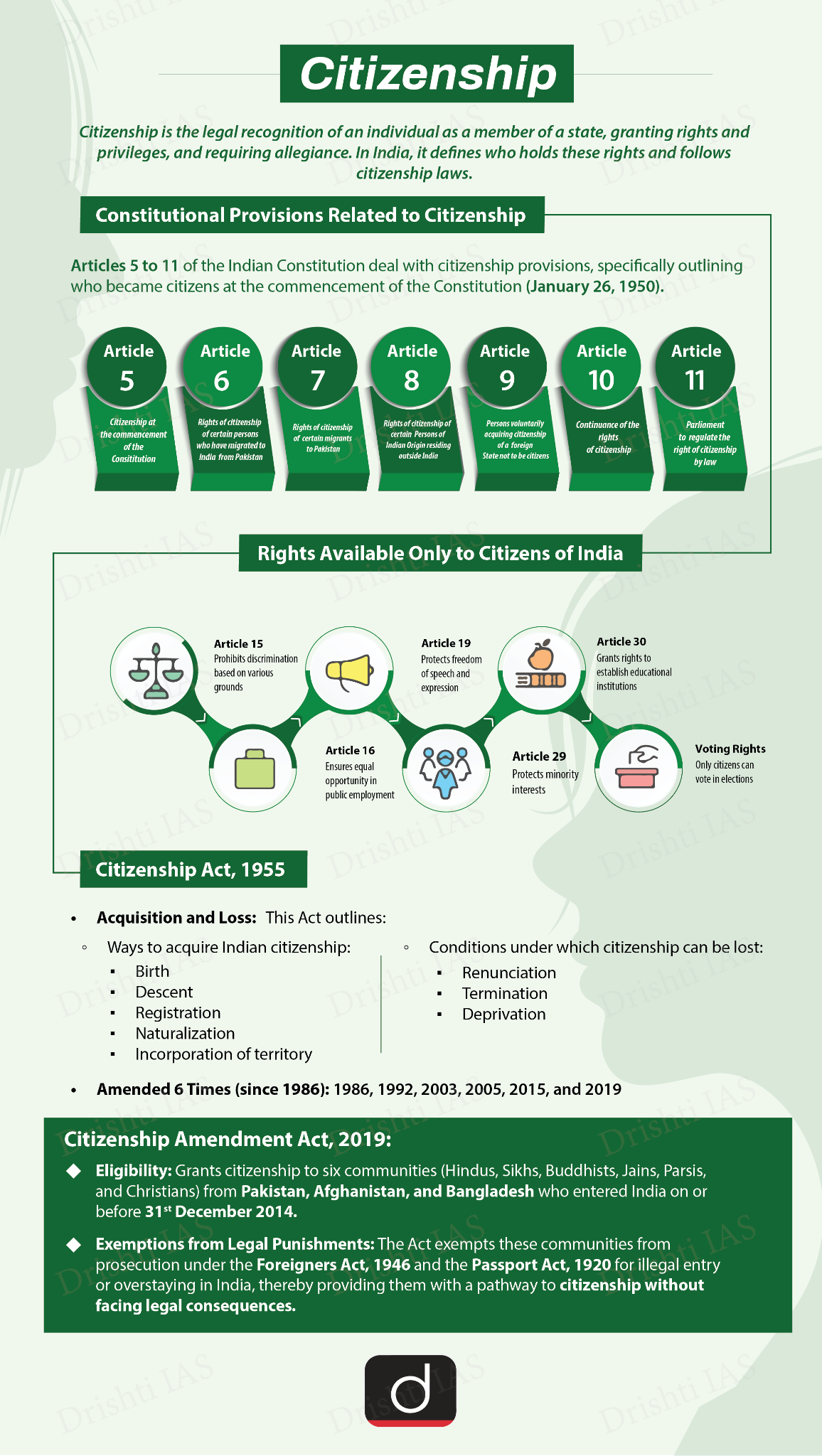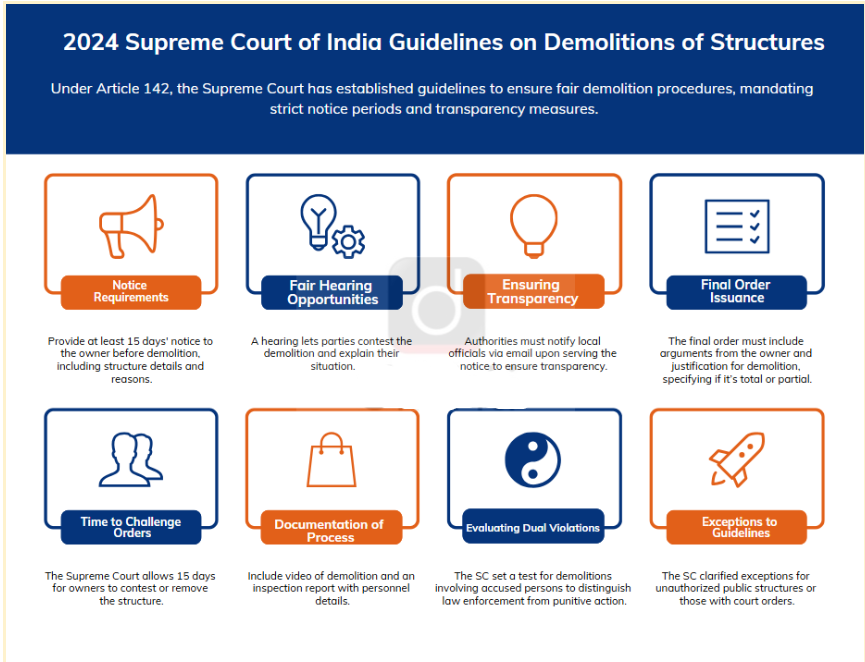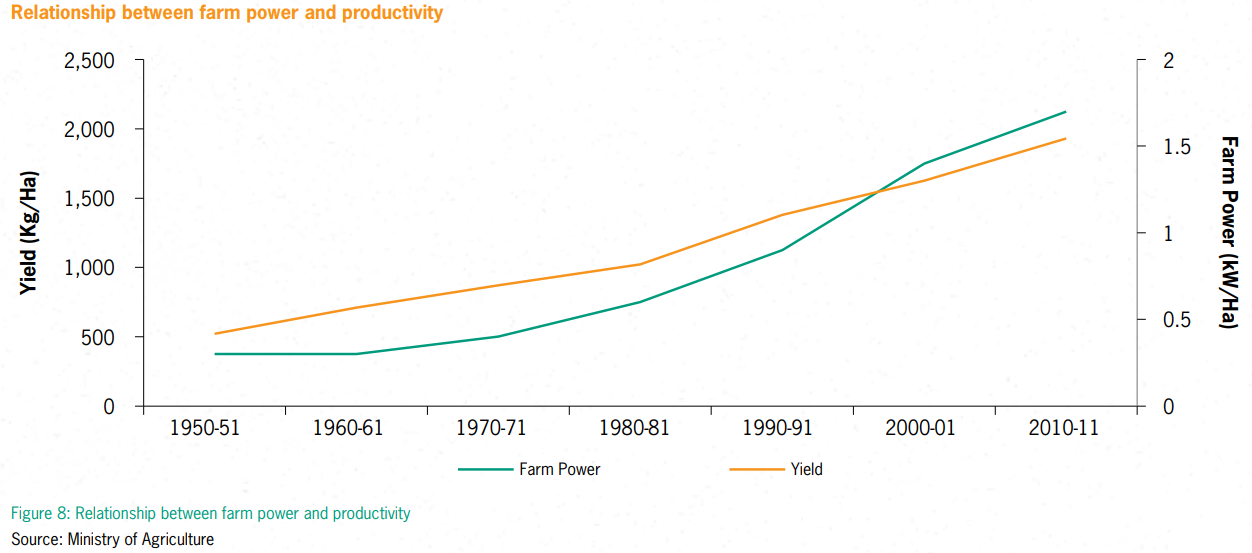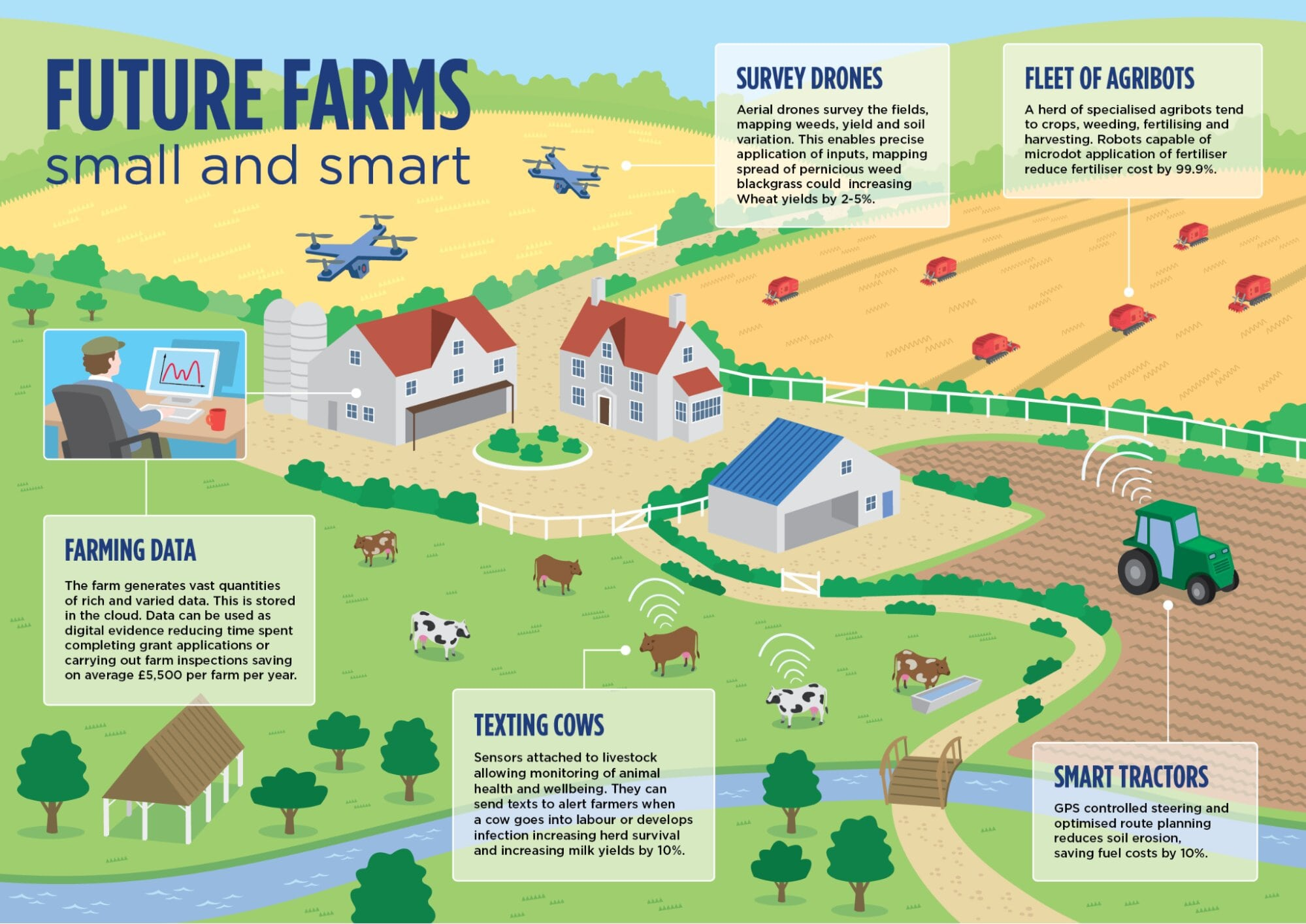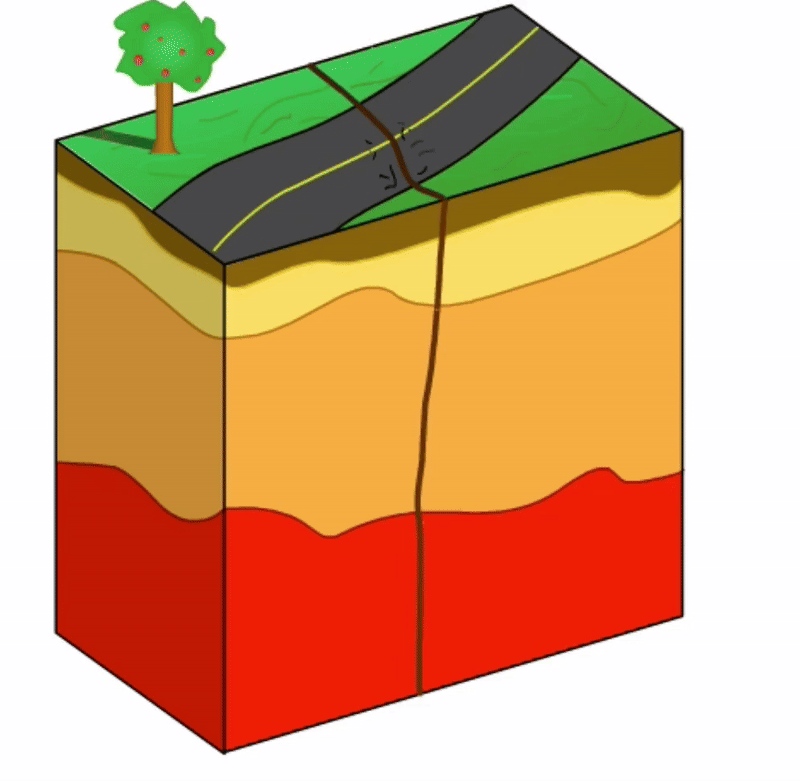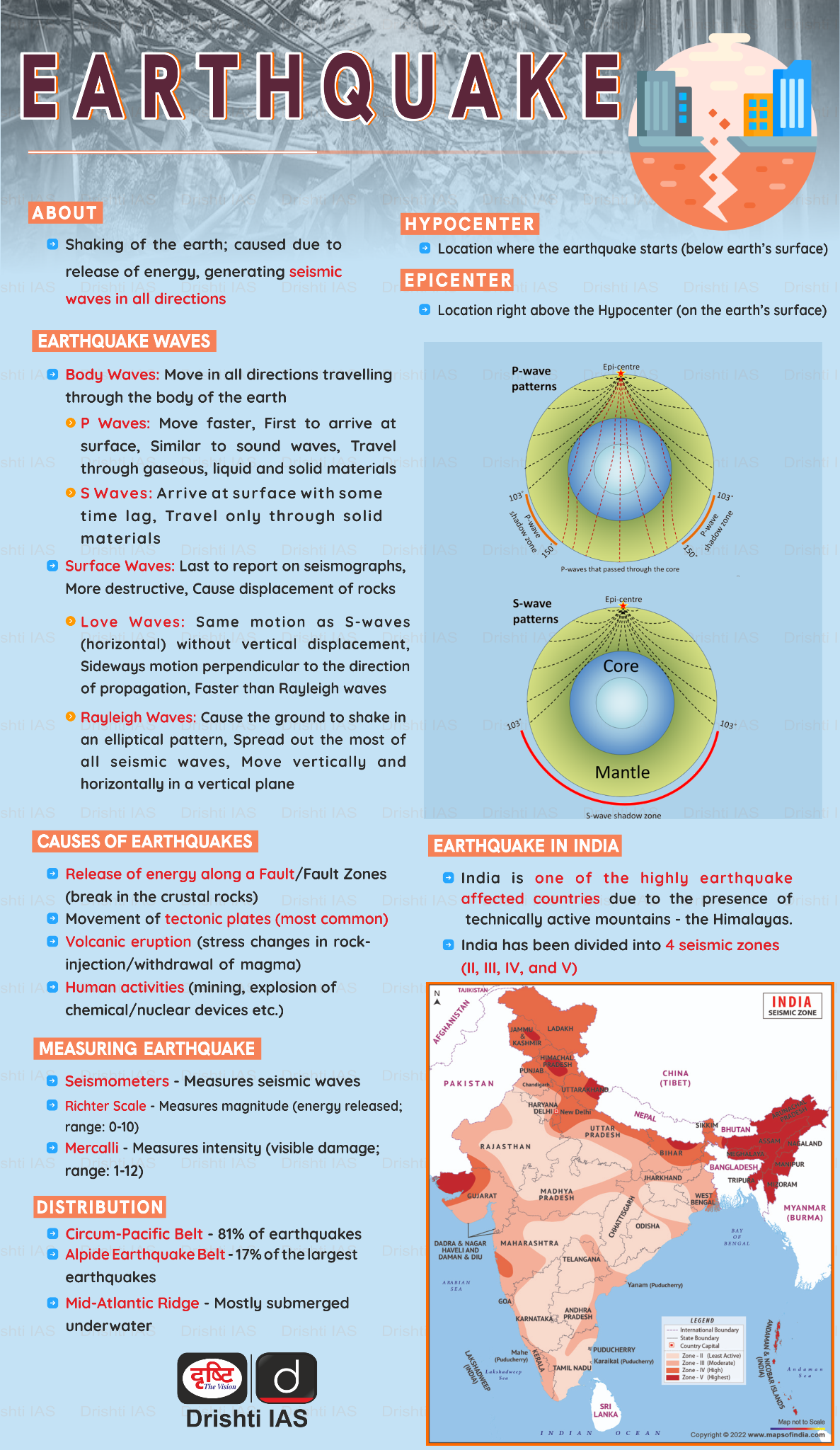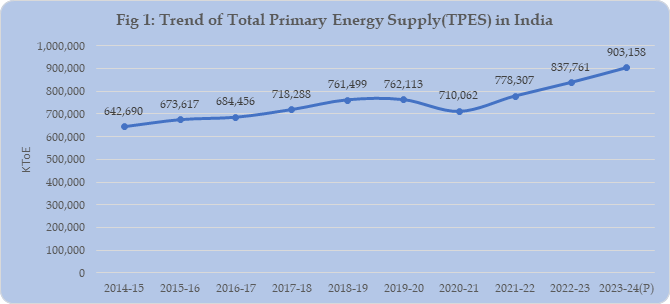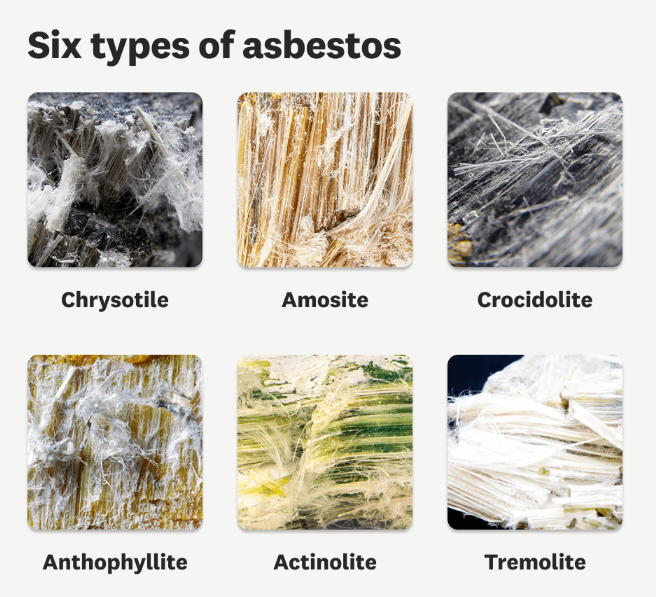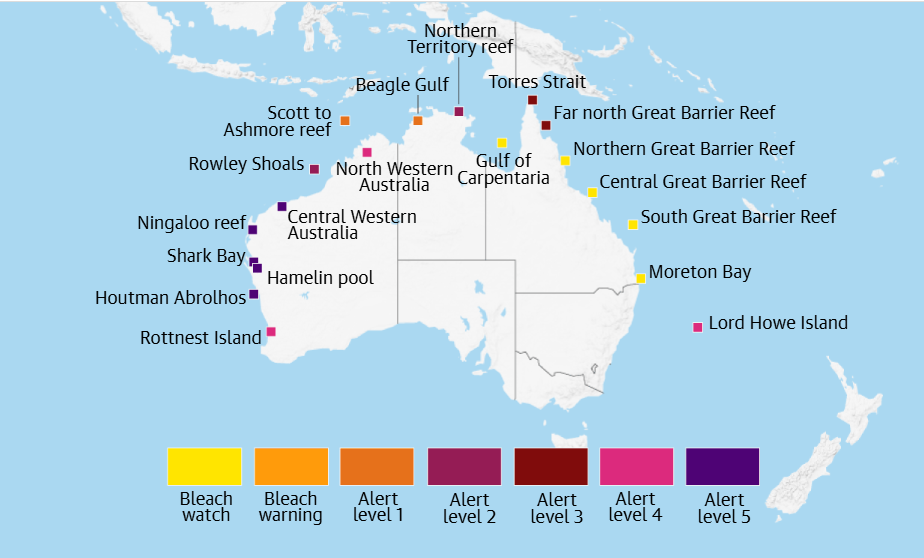Indian Polity
Debate on Dual Citizenship for Indians
For Prelims: Citizenship, Overseas Citizenship of India, Remittances, Foreign Direct Investment, Article 9, Know India Programme
For Mains: Role of the Indian Diaspora, Dual Citizenship for India, Constitutional Provisions on Citizenship
Why in News?
The debate on dual citizenship for Indians has resurfaced. As India hosts the world’s largest diaspora, discussions are growing on whether genuine dual citizenship, rather than just the Overseas Citizenship of India (OCI), would better align with India’s evolving diaspora policy and global realities.
Note: Dual citizenship grants individuals legal status in multiple countries, allowing passport issuance, political participation, visa exemptions, and employment rights.
What is the Debate on Dual Citizenship for Indians?
Arguments in Favour
- Largest Diaspora: Over 3.5 crore Indians live abroad (nearly one in 40 Indians). India is the top recipient of remittances globally, with USD 129 billion received in 2024, far surpassing foreign direct investment (FDI) inflows of USD 42 billion.
- Limitations of OCI: The OCI is not actual dual citizenship. It does not confer political rights (e.g., voting, holding public office) or allow ownership of agricultural land.
- It is seen more as a privilege than a right, and can be revoked unilaterally, reducing its security and appeal.
- Many Indians abroad feel that OCI status makes them second-class citizens, weakening their connection with India.
- Policy Inflection Point: Measures like the US policy of ending birthright citizenship reflect the hardening global climate toward migrants, raising the need for dual citizenship.
- Additionally, many Indians are renouncing their citizenship to secure rights in foreign countries, an emotionally difficult step that genuine dual citizenship could help mitigate.
- Strategic Engagement: A globally integrated Indian citizenry strengthens India's soft power and international influence, while dual citizenship could unlock greater diaspora investment, political advocacy, and cultural linkage, supporting the government's aim of positioning the global Indian community as a national asset.
- Comparative Trends: Numerous countries, including the US, Canada, Australia, the United Kingdom, France, and Germany permit dual citizenship with tailored safeguards.
- India, with proper legal architecture, could do the same without compromising national security.
Arguments Against
- Constitutional Restrictions: The Indian Constitution (Article 9) does not permit dual citizenship. Acquiring foreign nationality leads to automatic loss of Indian citizenship.
- Democratic Legitimacy: Citizenship is inherently linked to undivided allegiance. Dual citizens voting or holding office in India while being citizens of another state challenges democratic sovereignty.
- Political Instrumentalism: Experts warn of a “comprador class” (individuals who exploit dual nationality for personal or economic gain without genuine loyalty to India).
- Dual citizenship can increase the risk of external influence in domestic politics through diaspora lobbying or funding.
- Security and Strategic Concerns: The original rationale behind India’s strict citizenship framework was to clearly demarcate citizens post-Partition.
- Allowing dual citizenship could open legal grey zones in security-sensitive matters, especially if the individual is involved in sensitive professions abroad.
- Sufficient Existing Framework: Experts argue that the OCI program ensures diaspora engagement without political rights, maintaining sovereignty while enabling economic collaboration and contributions through channels like FDI and remittances, making dual citizenship unnecessary.
What are the Middle-path Reforms on the Issue of Dual Citizenship?
- Enhancing the OCI Framework: Provide greater legal stability and rights (e.g., land ownership for certain categories, easier business rules). Ensure due process and transparency in revocation or denial of OCI status.
- Participatory Mechanisms: India could consider allowing limited political participation for OCIs at the local governance level, such as panchayats.
- OCIs at the panchayat level can drive knowledge exchange, investment, and development, leveraging global expertise to improve local governance.
- This would also enable diaspora engagement without granting national elections voting rights. Such a model balances diaspora inclusion with constitutional safeguards.
- Additionally, at the national level, institutionalize diaspora advisory councils through platforms like the Global Indian Network of Knowledge (Global-INK) without extending political franchise.
- Cultural Identity Programs: Expand the coverage of programs like Tracing the Roots (a Ministry of External Affairs initiative helping Persons of Indian Origin (PIOs) trace their ancestry in India), Know India Programme, and scholarship schemes for diaspora youth to strengthen their connection with Indian heritage.
- Selective Dual Citizenship: If ever introduced, restrict it to citizens of strategic partner nations, with clear exclusions for high offices and sensitive roles.
Conclusion
As the world becomes more interconnected, India's approach to citizenship must evolve. Enhancing OCI rights and adopting middle-path reforms can foster deeper diaspora engagement. A pragmatic, phased approach balances national interests while embracing global realities.
|
Drishti Mains Question: Examine the constraints preventing dual citizenship in India. Should India reconsider its stance? Justify your view. |
UPSC Civil Services Examination, Previous Year Questions (PYQs)
Prelims
Q. With reference to India, consider the following statements: (2021)
- There is only one citizenship and one domicile.
- A citizen by birth only can become the Head of State.
- A foreigner once granted citizenship cannot be deprived of it under any circumstances.
Which of the statements given above is/are correct?
(a) 1 only
(b) 2 only
(c) 1 and 3
(d) 2 and 3
Ans: (a)
Q. Consider the following statements: (2018)
- Aadhaar card can be used as a proof of citizenship or domicile.
- Once issued, Aadhaar number cannot be deactivated or omitted by the Issuing Authority.
Which of the statements given above is/are correct?
(a) 1 only
(b) 2 only
(c) Both 1 and 2
(d) Neither 1 nor 2
Ans: (d)


Indian Polity
SC Upholds Due Process in Prayagraj Demolition Case
For Prelims: Supreme Court of India, Article 21, Geneva Convention, Alternative Dispute Resolution
For Mains: Implementation of due process of law in demolition drives, Judicial review and protection of fundamental rights in India
Why in News?
The Supreme Court of India condemned the 2021 bulldozing of homes by the Prayagraj Development Authority as “inhumane and illegal,” ordering Rs 10 lakh compensation for each affected individual.
- The judgment reinforces the right to shelter against arbitrary state actions and curbing arbitrary demolitions.
What is the SC’s Judgment on Demolitions in Prayagraj?
- Right to Shelter: The SC reiterated that the right to shelter is intrinsic to the right to life and personal liberty under Article 21.
- Arbitrary demolition without due process violates both procedural fairness and human dignity.
- Violation of Due Process: The SC noted that authorities failed to provide homeowners with a reasonable opportunity to respond.
- It observed that notices were merely affixed instead of being served in person or via registered post, as required under the Uttar Pradesh Urban Planning and Development (UPUPD) Act, 1973.
- Precedents and Legal Framework: The SC cited its 2024 ruling (In Re Directions In The Matter Of Demolition Of Structures), which laid down guidelines against "bulldozer justice," mandating 15 days' prior notice, clear mention of violations, and a fair chance for occupants to challenge demolition orders.
- The SC noted that even before this 2024 judgment, the UPUPD Act, 1973 required genuine attempts at personal service of notices.
- The court reminded the authorities that the rule of law must be upheld, and arbitrary actions cannot be justified.
Judicial Pronouncements on Property Demolitions
- Maneka Gandhi vs Union Of India, 1978 : SC ruled that laws must be just, fair, and reasonable, reinforcing "due process of law," making arbitrary demolitions unconstitutional.
- Olga Tellis v. Bombay Municipal Corporation, 1985: SC affirmed that the right to shelter is part of Article 21, making demolitions without due process a violation of fundamental rights.
- K.T. Plantation (P) Ltd. V. State of Karnataka Case, 2011: SC Held that deprivation of property under Article 300-A must follow fair and just legal procedures.
What is Bulldozer Justice?Click here to Read: Bulldozer Justice |
How Do Arbitrary Demolitions Undermine Rule of Law and Human Rights?
- Erosion of Rule of Law: Demolitions executed as punishment, without conviction or trial, undermine the judiciary's role and elevate the executive’s actions above legal scrutiny.
- Rise of Instant Justice: The use of bulldozers for arbitrary demolitions as symbolic retribution bypasses courts and reinforces the narrative of “instant justice,” which is legally unsound and ethically troubling.
- Collective Punishment: Families, including women, children, and elderly members unrelated to the alleged offence, are rendered homeless, amounting to collective punishment, violating international humanitarian law under the Geneva Conventions.
- Geneva Convention (Article 87) prohibits collective punishment, arbitrary demolitions breach this norm.
- Massive Humanitarian Impact: Housing and Land Rights Network reported over 1.5 lakh homes demolished and 7.38 lakh people displaced in 2022-23 alone highlighting the scale of disruption.
- Psychological and Economic Fallout: Sudden evictions destroy livelihoods, disrupt education, and cause mental trauma especially for urban poor and marginalized communities.
What Steps Should Be Taken to Prevent Arbitrary Demolitions?
- Strict Enforcement of SC Guidelines: Codify 2024 SC Guidelines into municipal and state laws to ensure uniform implementation across jurisdictions.
- Introduce national legislation to regulate eviction and demolition processes in line with international standards such as the United Nations Basic Principles and Guidelines on Development-Based Evictions and Displacement.
- Strengthening Institutional Frameworks: Set up dedicated tribunals to adjudicate disputes over encroachments and demolitions with power to stay arbitrary actions.
- Create fast-track systems at the district level for affected individuals to contest demolition orders.
- Promote Alternative Dispute Resolution (ADR) mechanisms like mediation and arbitration to settle disputes between occupants and authorities amicably before resorting to demolition.
- Transparency and Accountability: Maintain an online portal listing all planned demolitions, served notices, final orders, and recorded videos to promote transparency.
- Mandate that each demolition is supported by an inspection report, demolition report, and video evidence.
- Resettlement Measures: Adopt a ‘rehabilitate first, demolish later’ policy in all urban and rural areas.
- Ensure those affected by legal demolitions are provided with alternative housing under schemes like Pradhan Mantri Awas Yojana, along with livelihood and mental health support.
|
Drishti Mains Question: How does the concept of "arbitrary demolitions" undermine the rule of law and human rights? |
UPSC Civil Services Examination, Previous Year Question (PYQ)
Mains
Q. Discuss the various social problems which originated out of the speedy process of urbanisation in India. (2013)
Q. The basis of providing urban amenities in rural areas (PURA) is rooted in establishing connectivity. Comment (2013)

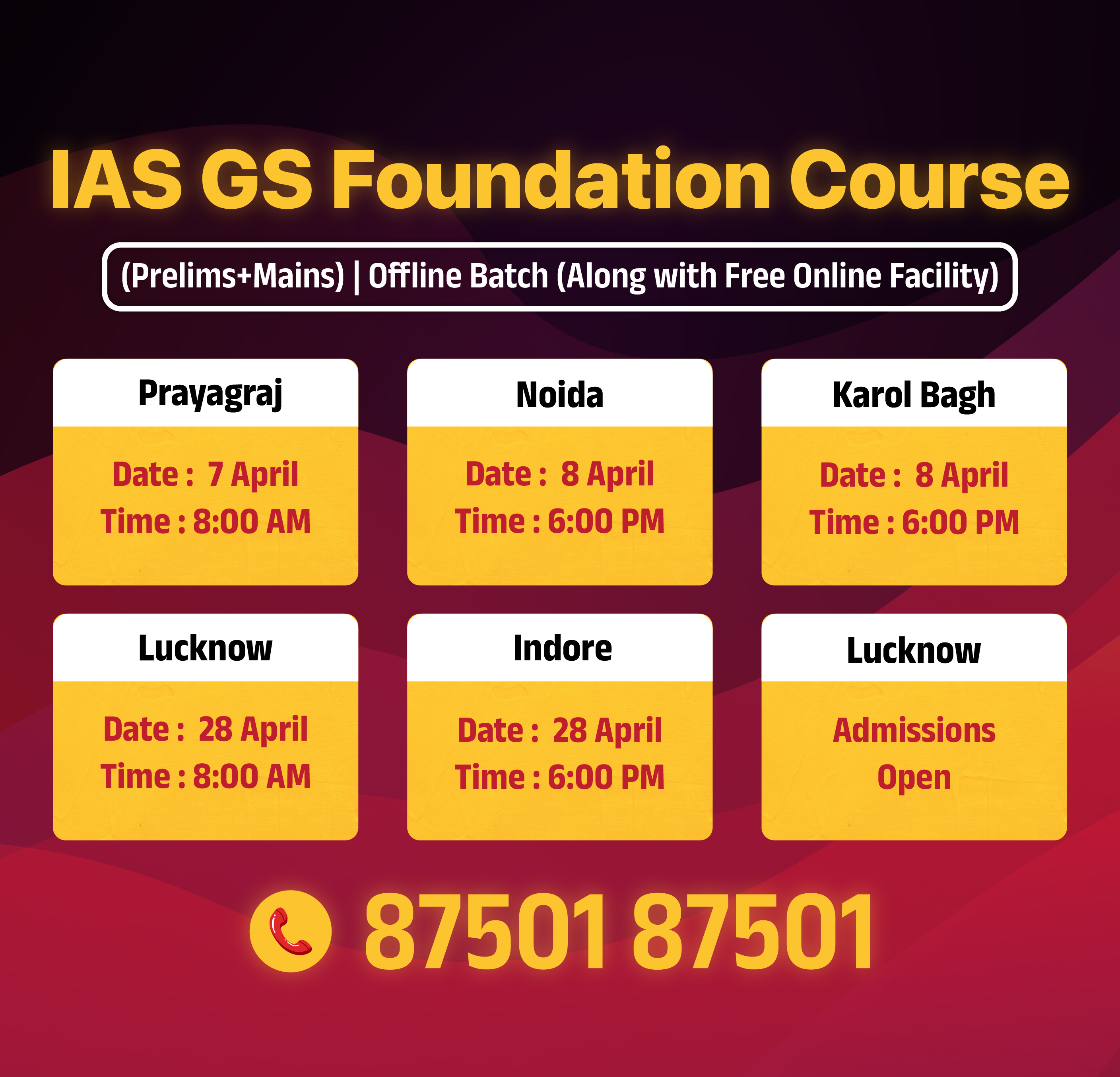
Agriculture
Farm Mechanization
For Prelims: Agriculture, Modified Interest Subvention Scheme, Sub Mission on Agricultural Mechanization (SMAM), Horticultural Crops, ICAR
For Mains: Farm Mechanization in India, Its Status, Advantages and Challenges in Adoption, Key Agricultural initiatives and their status of implementation, Concerts associated with agriculture and Way forward.
Why in News?
India’s farm mechanisation journey, once dominated by tractors, is now witnessing a transformative shift. The focus is moving toward smart machinery, automation, and precision tools to meet modern agricultural demands.
What is Farm Mechanization?
- About: Farm Mechanization involves using machines like harvesters and modern implements to improve productivity, enhance efficiency, and reduce dependence on manual labour in farming operations.
- Emerging Technologies in Farm Mechanization:
- Precision Agriculture: Precisions Agriculture utilizes GPS, IoT, AI, drones, and data analytics to optimize resource use (water, fertilizers, pesticides) based on soil and climate conditions.
- Drones in Agriculture: Drones are used for crop monitoring, pesticide spraying, and yield estimation. India accounts for 22% of global drone imports.
- The Drone Didi Scheme aims to provide 15,000 drones to women SHGs for rental services, boosting mechanization and rural employment.
- Autonomous Machinery: Driverless tractors and robotic harvesters perform tasks like seeding, spraying, and harvesting with minimal human input.
- Agri Robotics and AI: Robots in agriculture have enabled automation in sowing, irrigation, weeding, and harvesting, reducing costs and increasing efficiency.
- Level of Farm Mechanization: In India the overall farm mechanization level in India is around 47%. Punjab and Haryana have 40-45% mechanization, while Northeastern states have negligible adoption.
- Cereal crops like wheat and rice have approx 50-60% mechanization, while horticulture remains less mechanized.
- Globally: Globally, developed nations have over 90% mechanization, while underdeveloped regions, particularly Africa and South Asia, still depend on manual labor. China (60%) and Brazil (75%) lead among developing nations.
What are the Key Significance of Farm Mechanization?
- Input Savings: According to an ICAR report, farm mechanization reduces input costs by saving 15–20% on seeds and fertilizers while increasing cropping intensity by 5–20%.
- Higher Efficiency: It also improves labor efficiency and cuts agricultural operation time by 15–20%, enhancing productivity and sustainability in farming.
- Efficient Land Utilisation: Advanced tilling tools such as rotavators and subsoilers break compacted soil, making hard land arable similarly mechanised irrigation ensures efficient water use, transforming dry or uneven terrain into productive farmland.
What is the Need for Farm Mechanization in India?
- Rising Food Demand: With India's population projected to reach 1.6 billion by 2048 and global food demand set to rise by 60% by 2050 (FAO), limited land, water scarcity, monsoon dependency, and low mechanization pose challenges to sustainable agricultural growth.
- Less Efficient Agriculture: Agriculture supports 46.1% of India’s population but contributes only 16% to GDP (Economic Survey 2024-25), highlighting inefficiencies. Mechanization can bridge this gap by boosting productivity, minimizing post-harvest losses, and ensuring sustainability.
- Labor Shortages and Urbanization: As per the UN, over 50% of India’s population will be urban by 2050, reducing farm labor availability. Rising opportunities in other sectors and schemes like MGNREGA further accelerate workforce migration. Mechanization is essential to sustain agricultural productivity.
- Irrigation Challenges: With only 53% of India’s arable land under irrigation, rainfed agriculture remains vulnerable to climate variability. Mechanization ensures timely sowing and harvesting, enhancing efficiency and reducing crop losses in water-stressed regions.
Global Trends in Farm Mechanisation
- Canada and the US: They have 95% mechanization, with large capital investments in tractors, harvesters, and tillage equipment. In the USA, a farmer now feeds 144 people, up from 26 in 1960. Government support includes low-interest loans, direct subsidies, and price supports.
- France: It has 99% mechanization, with 680,000 highly mechanized farms and an agricultural equipment market worth Euro 6.3 billion. Farmers receive EU subsidies covering 50% of their income, supporting exports and machinery imports.
- Japan: It has high mechanization, with 7 HP tractor power per hectare, comparable to the USA and France. It offers subsidies and high import tariffs to protect domestic farming.
What are the Challenges in Farm Mechanization in India?
- Small and Fragmented Land Holdings: With an average farm size of 1.16 hectares in India (compared to 14 ha in the EU and 170 ha in the US), mechanization remains economically non-viable for small farmers.
- Lack of machinery for small, fragmented farms limits mechanisation.
- Small farms (<2 ha) use power tillers; medium farms (2–10 ha) use 30–50 HP tractors and rotavators; large farms (>10 ha) adopt advanced tools like combine harvesters and laser land levelers.
- Financial Constraints: Farm machineries are expensive, and small farmers struggle to afford it due to limited financial access. Although 90% of tractors are financed, strict loan criteria and high costs make mechanization difficult.
- Poor Equipment Quality: Indian farmers have limited access to advanced machinery, and much of the equipment available is of substandard quality, leading to high operational costs and inefficiency.
- Regional Disparities: Hill agriculture (20% of cultivated land) and remote areas have low mechanization due to terrain challenges, lack of suitable equipment, and weak policy support.
Government Initiatives to Promote Farm Mechanization
Way Forward
- Land Consolidation & Custom Hiring: Encourage land consolidation for efficient mechanization and strengthen Custom Hiring Centers (CHCs) to provide costly machinery like combine harvesters and rice transplanters to small farmers.
- Technology & Financial Access: Ensure subsidies, low-interest credit, and tax incentives for farm machinery adoption while establishing farm machinery banks in low-mechanization regions.
- R&D, Standardization & Training: Promote farmer-industry collaboration, enforce quality standards & testing, and conduct training programs for efficient machinery use and maintenance.
- Inclusive Mechanization: Develop specialized machinery for hilly, rainfed, and horticultural farming to extend mechanization benefits across all regions.
|
Drishti Mains Question: Discuss the challenges in farm mechanization in India and evaluate the government initiatives taken to promote it. |
UPSC Civil Services Examination, Previous Year Question (PYQ)
Prelims
Q. In the context of India’s preparation for Climate -Smart Agriculture, consider the following statements:
- The ‘Climate-Smart Village’ approach in India is a part of a project led by the Climate Change, Agriculture and Food Security (CCAFS), an international research programme.
- The project of CCAFS is carried out under Consultative Group on International Agricultural Research (CGIAR) headquartered in France.
- The International Crops Research Institute for the Semi-Arid Tropics (ICRISAT) in India is one of the CGIAR’s research centres.
Which of the statements given above are correct?
(a) 1 and 2 only
(b) 2 and 3 only
(c) 1 and 3 only
(d) 1, 2 and 3
Ans: (d)
Q. In India, which of the following can be considered as public investment in agriculture? (2020)
- Fixing Minimum Support Price for agricultural produce of all crops
- Computerization of Primary Agricultural Credit Societies
- Social Capital development
- Free electricity supply to farmers
- Waiver of agricultural loans by the banking system
- Setting up of cold storage facilities by the governments
Select the correct answer using the code given below:
(a) 1, 2 and 5 only
(b) 1, 3, 4 and 5 only
(c) 2, 3 and 6 only
(d) 1, 2, 3, 4, 5 and 6
Ans: (c)
Mains
Q. Explain various types of revolutions, took place in Agriculture after Independence in India. How have these revolutions helped in poverty alleviation and food security in India? (2017)
Q. Given the vulnerability of Indian agriculture to vagaries of nature, discuss the need for crop insurance and bring out the salient features of the Pradhan Mantri Fasal Bima Yojana (PMFBY). (2016)


Important Facts For Prelims
Myanmar Earthquake
Why in News?
A massive 7.7 magnitude earthquake struck central Myanmar, causing widespread destruction, particularly in the city of Mandalay. This seismic event is one of the most powerful earthquakes in recent years.
What Caused the Myanmar Earthquake?
- Strike-Slip Faulting: The Myanmar earthquake was caused by a type of faulting known as "strike-slip faulting" along the Sagaing fault.
- The Sagaing Fault, spanning 1,500 km through Myanmar, marks the tectonic plate boundary between the Indian plate to the west and the Eurasian plate to the east. It is one of the world’s longest and most active strike-slip faults.
- Plate Interaction: The earthquake occurred due to the movement between the Indian and Eurasian tectonic plates, with the Indian plate moving northward in relation to the Eurasian plate.
- This interaction causes stress to accumulate along the fault line, specifically the Sagaing Fault. When the built-up strain is suddenly released, it triggers an earthquake.
Note: In response to the Myanmar earthquake, India launched Operation Brahma to provide humanitarian assistance and disaster relief (HADR), reaffirming its role as the 'First Responder' in the region.
- Indian Navy ships Satpura, Savitri, Karmuk (an indigenously built Missile Corvette), and Landing Craft Utility (LCU) 52 (it is the 2nd LCU Mk-IV class), carrying essential relief material, sailed to Yangon, Myanmar.
What is a Fault?
- Definition: A fault is a fracture or zone of fractures in the Earth's crust between two blocks of rock, allowing them to move relative to each other.
- Earth scientists classify faults based on their dip (the angle of the fault with respect to the surface) and the direction of the movement (slip) along the fault.
- This movement is caused by tectonic stress, which can be sudden, resulting in an earthquake, or slow, occurring as creep.
- Tectonic stress builds up along fault lines and, when released, causes the blocks to shift, leading to seismic activity.
- Types of Fault:
- Normal Fault: A normal fault is a dip-slip fault where the block above the fault moves downward relative to the block below.
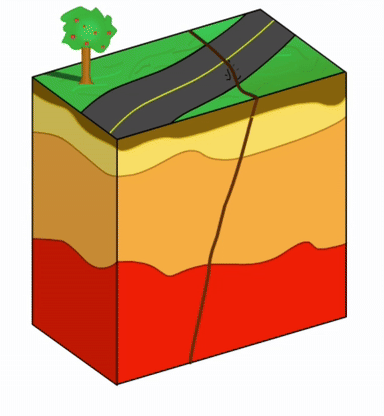
- Reverse Fault: A reverse (thrust) fault is a dip-slip fault where the upper block moves up and over the lower block. This type of faulting occurs in compression zones, such as where one tectonic plate is being subducted under another, like in Japan.
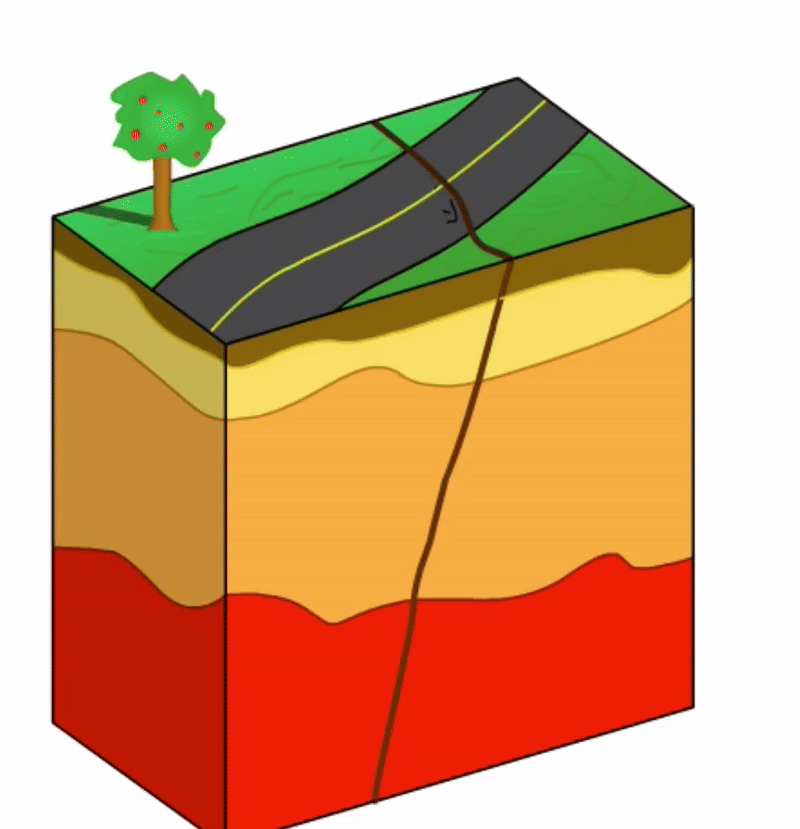
- Strike-slip Fault: Occur when the blocks slide past each other horizontally.
- Normal Fault: A normal fault is a dip-slip fault where the block above the fault moves downward relative to the block below.
UPSC Civil Services Examination, Previous Year Questions
Prelims:
Q. Consider the following: (2013)
- Electromagnetic radiation
- Geothermal energy
- Gravitational force
- Plate movements
- Rotation of the earth
- Revolution of the earth
Which of the above are responsible for bringing dynamic changes on the surface of the earth?
(a) 1, 2, 3 and 4 only
(b) 1, 3, 5 and 6 only
(c) 2, 4, 5 and 6 only
(d) 1, 2, 3, 4, 5 and 6
Ans: (d)
Mains
Q. The frequency of earthquakes appears to have increased in the Indian subcontinent. However, India’s preparedness for mitigating their impact has significant gaps. Discuss various aspects. (2015)
Q. Discuss about the vulnerability of India to earthquake related hazards. Give examples including the salient features of major disasters caused by earthquakes in different parts of India during the last three decades. (2021)


Facts for UPSC Mains
Energy Statistics India 2025
Why in News?
The National Statistics Office (NSO) has released its annual Energy Statistics India 2025 report providing key data on energy reserves, capacity, production, and consumption across different energy sources.
What are the Key Highlights of Energy Statistics India 2025 Report?
- Energy Supply and Consumption Trends: India’s Total Primary Energy Supply (TPES) grew by 7.8% in 2023-24 despite global uncertainties. TPES is a country's total available energy, including domestic production and imports, exported energy (subtracted off) and international transport use.
- Per capita energy consumption increased from 14,682 MegaJoules (MJ) (2014-15) to 18,410 MJ (2023-24), with a CAGR (Compound Annual Growth Rate) of 2.55%, indicating better energy access and improved living standards.
- The industrial sector is India's largest energy consumer, with demand rising from 2.42 lakh KToE in 2014-15 to 3.12 lakh KToE in 2023-24.
- Renewable Energy Growth: India’s renewable energy potential stands at around 21 lakh MW, with wind power (55%) as the largest contributor, followed by solar and large hydropower projects.
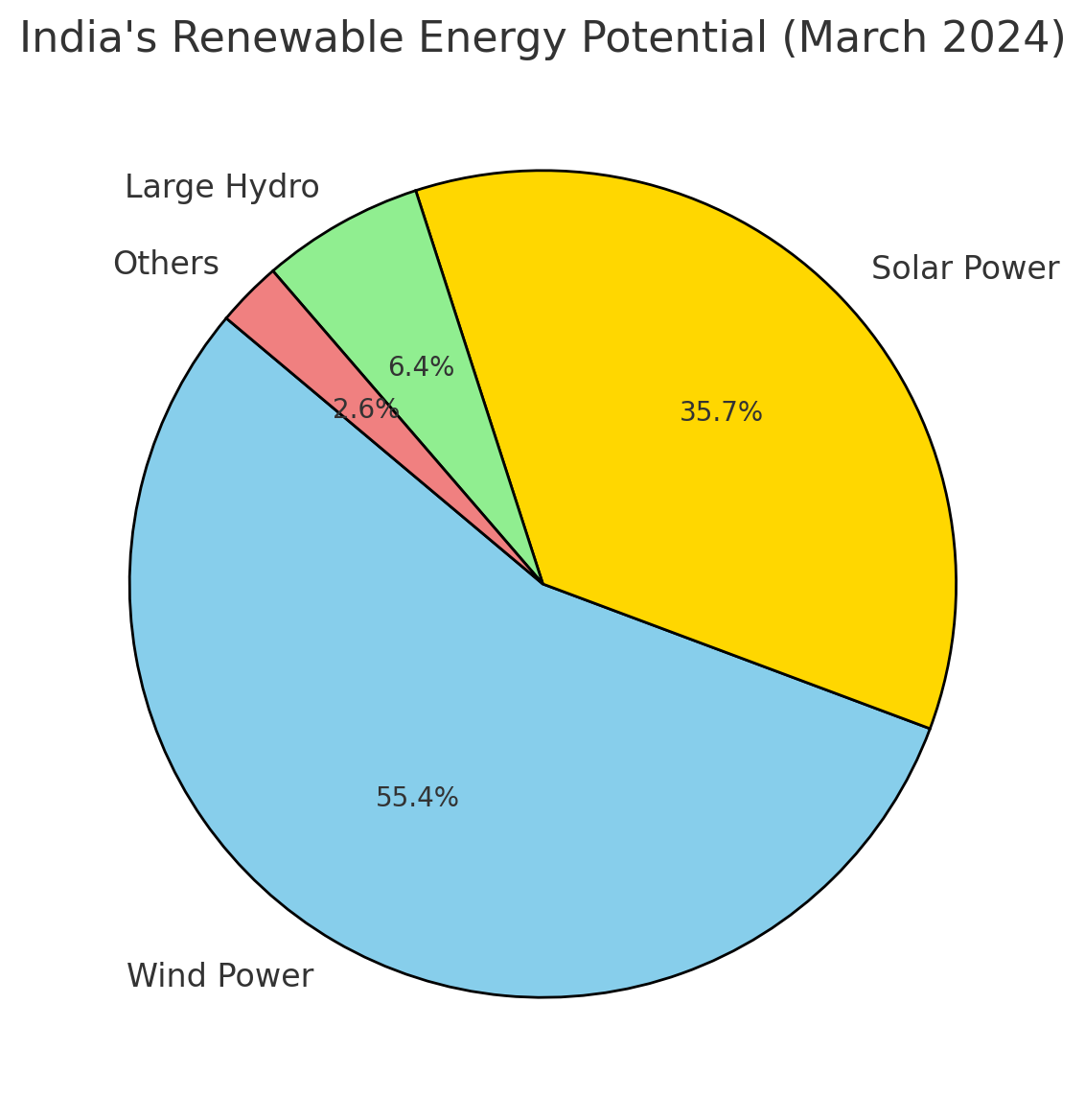
- India's installed renewable electricity capacity grew from 81,000 MW in 2015 to around 2 lakh MW in 2024, while electricity generation from renewables rose from 2 lakh GWh (2014–15) to 3.7 lakh GWh (2023–24).
- State-wise Renewable Energy Statistics:
- Rajasthan (20.3%), Maharashtra (11.8%), Gujarat (10.5%), and Karnataka (9.8%) accounts for over 50% of the total renewable energy potential.
What Measures is India Taking to Meet Its Rising Energy Demand?Click Here to Read: India’s Measures to Meet its Energy Needs |
What are India's Key initiatives for Sustainable Energy Transition?
UPSC Civil Services Examination, Previous Year Questions (PYQs)
Prelims:
Q. Which one of the following is a purpose of ‘UDAY’, a scheme of the Government? (2016)
(a) Providing technical and financial assistance to start-up entrepreneurs in the field of renewable sources of energy
(b) Providing electricity to every household in the country by 2018
(c) Replacing the coal-based power plants with natural gas, nuclear, solar, wind and tidal power plants over a period of time
(d) Providing for financial turnaround and revival of power distribution companies
Ans: (d)
Mains:
Q. Write a note on India’s green energy corridor to alleviate the problem of conventional energy.(2013)


Rapid Fire
Rana Sanga
The Lok Sabha witnessed discussions about 16th century Rajput King Rana Sanga.
- Maharana Sangram Singh (1484–1527), popularly known as Rana Sanga, was the Rajput ruler of Mewar and a successor of the Sisodia clan.
- Ruling from 1508 to 1528, he expanded his kingdom across Rajasthan, Madhya Pradesh, Gujarat, and parts of Uttar Pradesh and Haryana.
- Rana Sanga defeated Ibrahim Lodi in the Battle of Khatoli (1517) and Battle of Dholpur (1518), and Sultan Mahmud Khilji II in the Battle of Gagron (1519), establishing Rajput dominance in North India.
- However, his ambitions suffered a major blow at the Battle of Khanwa (1527) against Babur, where Mughal artillery and internal betrayals led to his defeat. His legacy endures as a symbol of Rajput bravery.
| Read more: Birth Anniversary of Maharana Pratap |


Rapid Fire
Ban on Asbestos in KVs & JNVs
The Ministry of Education has banned the use of Asbestos in the construction and refurbishment of Kendriya Vidyalayas (KVs) and Jawahar Navodaya Vidyalayas (JNVs) due to its severe health risks.
- Over 65 countries have already banned asbestos due to its hazardous effects. This move aims to create a cancer-free and healthier learning environment for children.
- Asbestos: It is a naturally occurring mineral fiber known for its heat and corrosion resistance. Of its six main forms, chrysotile (white asbestos) remains the most commonly used in construction and the automobile industry.
- Health Impact: Asbestos is a Group 1 carcinogen, causing lung cancer, mesothelioma (a cancer affecting the pleural and peritoneal linings), and chronic respiratory diseases.
- Over 200,000 deaths annually are attributed to asbestos exposure.
- Asbestos in India: Under the Factories Act, 1948, asbestos manufacturing, handling, and processing are classified as hazardous.
- India has banned asbestos mining but continues to import and process chrysotile for asbestos-cement roofing.
| Read more: Ban on Asbestos in the United States |


Rapid Fire
Coral Bleaching in Australian Coral Reefs
Australia's Ningaloo Reef and Great Barrier Reef are experiencing its worst mass-coral bleaching due to prolonged marine heat waves due to climate change.
Coral Bleaching
- It is the loss of coral color (turning white) due to environmental stress, mainly rising sea temperatures, causing corals to expel symbiotic algae (zooxanthellae) that provide nutrients and color.
- Bleaching-level heat stress affected 83.6% of global reefs since 2023, with coral bleaching reported in 81 countries.
Great Barrier Reef:
- It is the world's largest coral reef system, spanning 2,300 km off Queensland, Australia.
- A UNESCO World Heritage site since 1981, it is home to endangered species like the dugong and green turtle.
Ningaloo Reef:
- Ningaloo Reef (a UNESCO World Heritage Site since 2011) is a 300-km fringing reef along Australia’s west coast.
- Fringing reefs are coral reefs that form along coastlines or islands, with little to no separation from the shore.
- Ningaloo Coast harbors rich biodiversity, deep-sea habitats, karst caves, and Cape Range landscapes.
- It hosts 300-500 whale sharks annually and unique endemic species like the Exmouth Spiny-tailed Gecko, Western Netted Dragon, and West Coast Banded Snake.
| Read More: Coral Bleaching in Great Barrier Reef |


Rapid Fire
Postage Stamp on Mata Karma Bai
The Department of Posts released a commemorative postage stamp on Mata Karma’s 1009th birth anniversary.
Mata Karma
- Karma Bai was a 11th century saint and Krishna devotee, born in 1017 AD in Jhansi, Uttar Pradesh.
- She is revered for her unwavering devotion and is best known for offering khichdi to Lord Krishna, a tradition still followed at Jagannath Temple, Puri.
Jagannath Temple, Puri
- The temple is dedicated to Lord Jagannath (Vishnu) and was built in the 12th-century by Anantavarman Chodaganga Deva of the Eastern Ganga dynasty and completed in 1230 AD under Anangbheema Deva III.
- It is one of the Char Dhams and is known as ‘Yamanika Tirtha’.
- The temple follows Kalinga architecture and a Aruna Stambha, originally from the Konark Sun Temple, stands at the entrance.
- The temple hosts the Ratha Yatra festival.
| Read More: Jagannath Temple |



